Big Dee's Webinar Series - Jeff Duncan from Cactus Saddlery, spoke during Big Dee's Anniversary Event about the proper fit of a western saddle for both horse and rider. With years of experience, Jeff spoke briefly about the key factors in western saddle fitting.
Know your Basics - Knowing the parts of the saddle will help you be able to pin point exactly what sizes you need to fit your horse. Understanding the horse tack lingo will also make buying a saddle and asking questions easier.


Different Manufacturers: The meanings from manufacturer to manufacturer change, so you cannot assume the sizing is the same amongst companies even if they use the same words. At one time, the general assumption was that Full Bars meant a 6 3/4 inch gullet, but now since horses are a bit more stocky, the average Full Bar is 7 3/4 inch gullet. There are also differences in the type of tree used in the saddle. Rawhide wrapped around a wooden tree keeps the wood from rotting and are normally found on Full Quarter Horse Bars. Ralide trees are made from plastic.


How to Fit a Saddle for the Rider: Some people tend to pick a saddle based on looks, but there is more than the visual appeal that should be considered. In order to really determine how well a saddle fits, you should always sit in the saddle. When you get on, put your feet in the stirrup and sit in the "pocket" of the saddle. It should hold you in place, neither being too deep nor too tight. Two fingers should fit between the swells of the saddle and your leg. If you can fit your whole hand, the saddle is too big and you could flop around instead of being secure. If you can't even squeeze a finger, the saddle is too tight, and will be very uncomfortable. It's always better to be just a hair big than too tight. Children can go a little bit bigger in seat size, but it is recommended to fit them to a proper saddle.
How to Fit a Saddle for the Horse: When you find a saddle that fits you, you must now make sure it is a good fit for your horse. Place something lightweight on the back of your horse, like a spare bed sheet, then set the saddle down in place. You should be able to fit two fingers between the wither and gullet height of the saddle. More room is fine, but less could lead to rubbing and severe discomfort for the horse. Also take into account the age and fitness of your horse. Always fit for the heaviest (most mass from muscling) your horse can be. If your horse loses muscle tone over the winter, supplement the size difference with a thicker pad. As the horse gets back into peak performance, reduce the thickness of the pad to accommodate the horse's muscles. For an older horse, a thicker pad can be kinder to help reduce impact on its back. For younger horses, know that they may grow out of a saddle that fits them currently.





























































